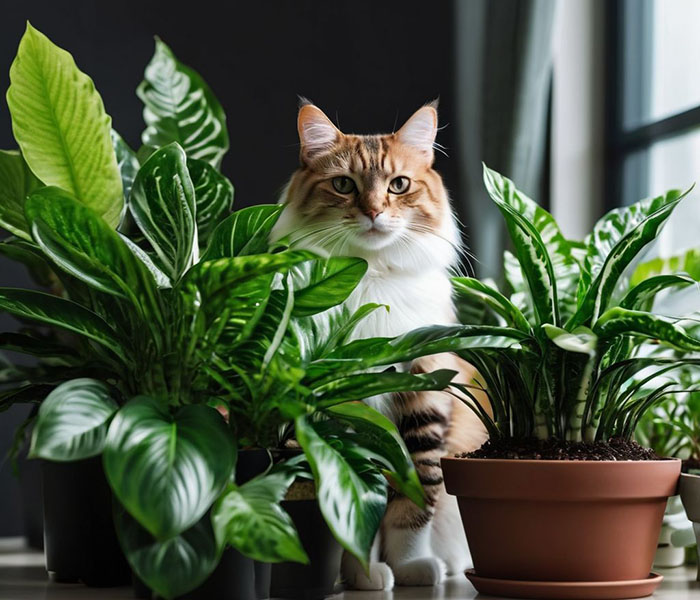As cat owners, we want to provide a safe and comfortable environment for our furry friends. However, sometimes the plants we bring into our homes can pose a threat to our beloved cats. While many houseplants are harmless, there are some that can be toxic to cats if ingested. In this article, we will discuss 5 common houseplants that are harmful to cats and how to keep your feline friends safe.
Why are houseplants harmful to cats?
Before we dive into the specific plants, it’s important to understand why certain houseplants can be harmful to cats. Many plants contain compounds that are toxic to cats when ingested. These compounds can cause a range of symptoms, from mild irritation to severe illness or even death. Cats are curious creatures and may be attracted to the texture or smell of certain plants, making it important to know which ones to avoid.
Lilies
Lilies are a popular choice for bouquets and indoor plants, but they are extremely toxic to cats. All parts of the plant, including the pollen, can cause kidney failure in cats if ingested. Even a small amount of lily pollen on a cat’s fur can be dangerous if they groom themselves and ingest it. Some common types of lilies to watch out for include Easter lilies, tiger lilies, and stargazer lilies.
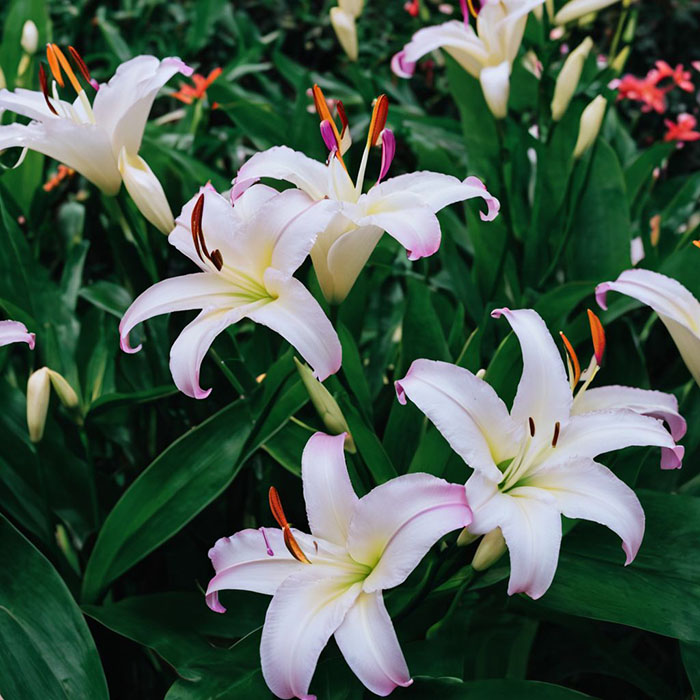
How to keep your cat safe:
- Keep lilies out of reach of your cat, either by hanging them or placing them in a room that your cat cannot access.
- If you receive a bouquet with lilies, remove them immediately and dispose of them safely.
- If you suspect your cat has ingested any part of a lily, seek veterinary care immediately.
Aloe Vera
Aloe vera is a popular houseplant known for its healing properties. However, this plant can be toxic to cats if ingested. The gel inside the leaves contains compounds that can cause vomiting, diarrhea, and changes in urine color in cats. While aloe vera is not usually fatal to cats, it’s best to keep it out of reach to avoid any potential harm.
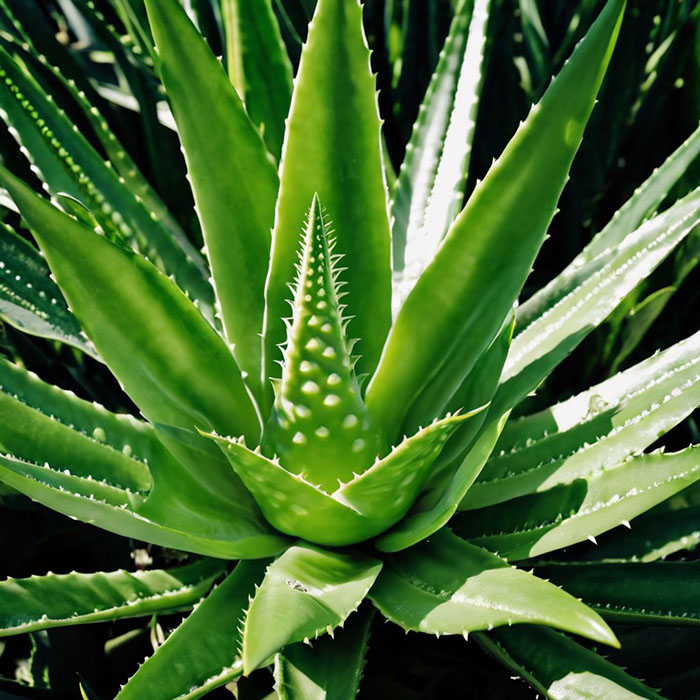
How to keep your cat safe:
- Place aloe vera plants in areas that are inaccessible to your cat.
- If you use aloe vera products, make sure to clean up any spills or residue to prevent your cat from licking it.
- Consider using alternative plants with similar healing properties, such as spider plants or African violets.
Sago Palm
Sago palms are a popular choice for indoor and outdoor landscaping, but they are highly toxic to cats. All parts of the plant, including the seeds, contain cycasin, a compound that can cause liver failure in cats. Symptoms of sago palm poisoning in cats include vomiting, diarrhea, and seizures.
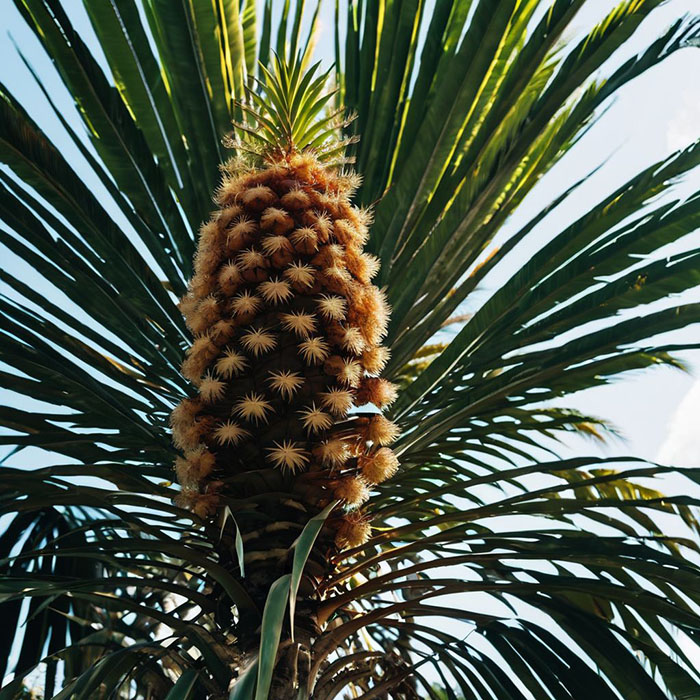
How to keep your cat safe:
- Keep sago palms out of reach of your cat, either by hanging them or placing them in a room that your cat cannot access.
- If you have an outdoor sago palm, make sure your cat cannot access it.
- If you suspect your cat has ingested any part of a sago palm, seek veterinary care immediately.
Dieffenbachia
Dieffenbachia, also known as dumb cane, is a popular houseplant known for its large, colorful leaves. However, this plant is toxic to cats if ingested. The sap of the plant contains calcium oxalate crystals, which can cause severe irritation and swelling in the mouth and throat of cats. Symptoms of dieffenbachia poisoning in cats include drooling, difficulty swallowing, and vomiting.
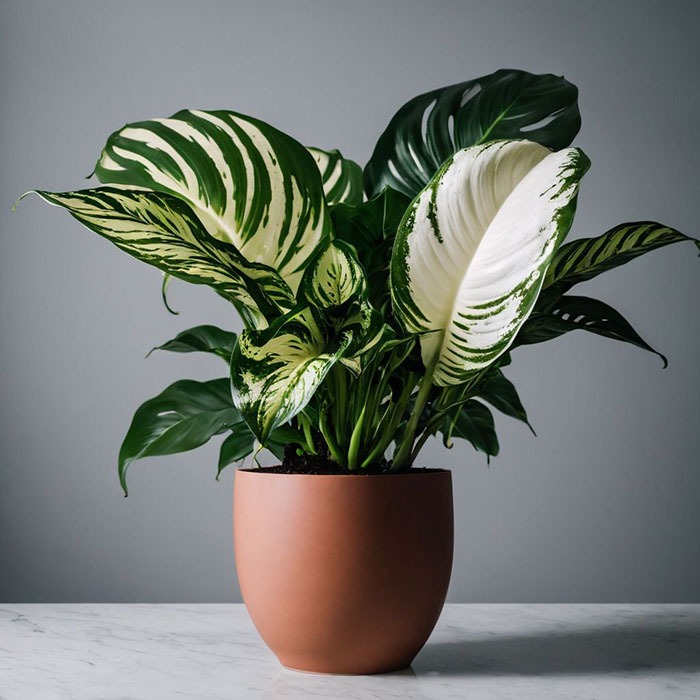
How to keep your cat safe:
- Keep dieffenbachia out of reach of your cat, either by hanging it or placing it in a room that your cat cannot access.
- If you have a curious cat, consider choosing a different houseplant without toxic sap.
- If you suspect your cat has ingested any part of a dieffenbachia, seek veterinary care immediately.
Pothos
Pothos, also known as devil’s ivy, is a popular trailing plant that is easy to care for. However, this plant is toxic to cats if ingested. The leaves and stems contain calcium oxalate crystals, which can cause irritation and swelling in the mouth and throat of cats. Symptoms of pothos poisoning in cats include drooling, difficulty swallowing, and vomiting.
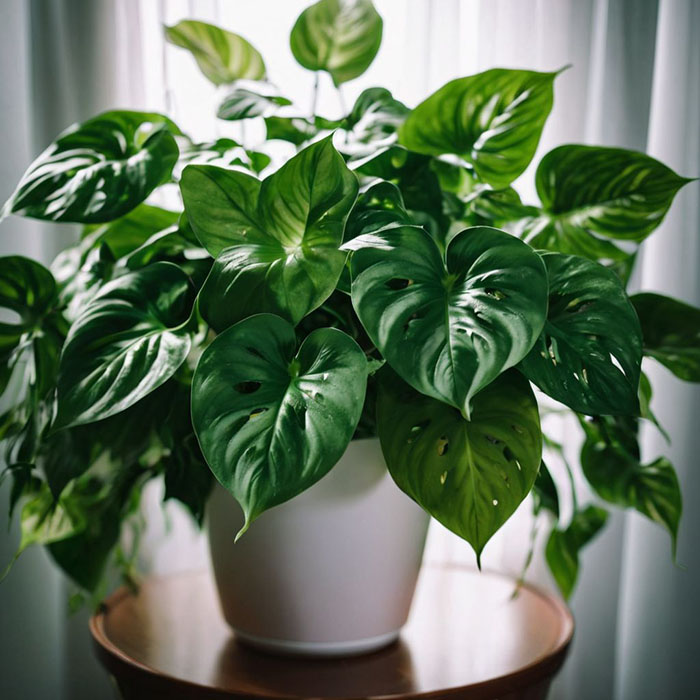
How to keep your cat safe:
- Keep pothos out of reach of your cat, either by hanging it or placing it in a room that your cat cannot access.
- If you have a curious cat, consider choosing a different trailing plant without toxic sap.
- If you suspect your cat has ingested any part of a pothos, seek veterinary care immediately.
FAQs
What should I do if my cat has ingested a toxic plant?
A: If you suspect your cat has ingested a toxic plant, seek veterinary care immediately. Do not wait for symptoms to appear, as some plants can be fatal to cats even in small amounts.
Can I still have these plants in my home if I have a cat?
A: While it’s best to avoid having these plants in your home if you have a cat, you can still have them as long as they are kept out of reach of your cat.
Are there any non-toxic alternatives to these plants?
A: Yes, there are many non-toxic plants that you can choose from, such as spider plants, African violets, and Christmas cacti.
Can I use essential oils from these plants around my cat?
A: No, it’s best to avoid using essential oils from these plants around your cat as they can still be toxic if ingested or absorbed through the skin.
Are there any other common houseplants that are harmful to cats?
A: Yes, there are many other common houseplants that can be toxic to cats, such as philodendron, peace lily, and snake plant.
Conclusion
While houseplants can add beauty and freshness to our homes, it’s important to be aware of which ones can be harmful to our cats. By avoiding these 5 common houseplants and taking precautions to keep them out of reach, you can ensure a safe and happy environment for both you and your feline friend. If you suspect your cat has ingested any part of a toxic plant, seek veterinary care immediately to prevent any potential harm.

